| Tags: NetJets, Yahoo News, IATA, Ben & Jerry's, American Airlines, United Airlines, FlyersRights.org, Delta, Southwest, Jet Blue, Spirit Airlines I hate flying. Not the soaring, free kind of flying that dreams are made of. I’m talking about public conveyance, the cramped kind of flying: commercial airline travel, where you’re imprisoned in a long aluminum tube with your fellow inmates for an insane number of hours. Which isn’t really flying at all but more a kind of suffering you have to endure to get from one place to another without spending days or weeks doing it. |
* waiting in lines
- ticket agent lines
- security lines
- gate agent lines
- boarding lines
- baggage line
- lines to get in other lines
* overbooking
* carry-on hassles
* cramped aisles
* cramped carry-on space
* cramped seats
* the seatmate crap shoot
* quarrels over seat backs
* make believe food
* bad air
* restrooms that are anything but restful
* weather delays
* crew delays
* tarmac delays
* late arrivals
* missing connections
* sleeping in the terminal
And that’s assuming the technical part of flying goes perfectly – all the doors get closed, the wings are securely fastened and somebody checks to see if there’s gas in the tank.
If I had a NetJets budget, I wouldn’t be concerned about such things. But I don’t. And most of us don’t. Which made me perk up and take notice of this headline on Yahoo News:
Airlines struggle to please the modern passenger.
According to the article, here are some of concerns expressed during this year’s meeting of the International Air Transport Association (IATA), a trade group for airline execs – keeping in mind that these weren’t complaints from passengers but observations and comments by the execs themselves:
- More passenger info is needed, especially on mobile devices. One suggestion was to “offer passengers a behind-the-scenes view of their suitcase as it moves through the airport machinery,” although methinks that could create more concern than certainty.
- Give people a “nice, reliable experience at a normal price,” one exec said. Another added: “Make my life easy,” which sounds great except that airlines appear to staff for ordinary flying conditions in a world filled with extraordinary events, the least of which these days is the weather.
- “Don’t give me a vanilla experience”, one panelist told the IATA gathering. But is that so bad? Because when I buy a pint of Ben & Jerry’s vanilla ice cream, my expectations are met every single time.
- Another exec spoke of “managing” expectations, which seems like an especially worthy goal – as in no surprises! Just over half of meeting participants thought the airlines weren’t “doing a good job meeting passenger demands.”
What are passengers demanding? Here’s how a reader named Mike put it in the comments section:
“The only issue is how stupidly uncomfortable the experience is. You’re stuck in a tiny seat from which you can’t get up most of the time."
It seems absurd, but perhaps not altogether illogical,that “the two most profitable airlines — American Airlines and United Airlines — have abysmal customer service satisfaction scores,” according to a recent Forbes article, quoting Kendall Creighton, spokesperson for FlyersRights.org , which advocates for air travelers. “An airline’s customer satisfaction levels appear to be inversely related to profits,” she says. “The higher the profits, the worse the scores. The more modest the profits, the higher the customer satisfaction.” And now the government is proposing new emissions standards for aircraft, which would put additional pressure on price and profit.
According to the Forbes article, Jet Blue has the highest passenger satisfaction scores and the lowest profit margin. Spirit Airlines, whose ironic tagline is Less Money. More Go, had the highest margin and lowest customer satisfaction, while “Delta and Southwest have managed to strike a balance between profits and happy passengers.”
I have a suggestion: In the interest of communicating clear competitive advantage, each airline could post a simple graphic at critical passenger touch points, from ticketing through to the baggage carousel. The graphic would consist of ten stacked rectangles, one each for the top 10 measures of airline customer satisfaction. Each rectangle’s color would change as customer satisfaction ebbs and flows, from angry red for poor performance through shades of yellow to leafy green for superior performance. Data could be gleaned from in-flight customer surveys taken every day, on paper, through passenger devices or even later online. The information should include date of service, flight number / seat number and accumulate over time.
I challenge each of these airlines, in fact the entire airline industry, to put their heads together and create what might be called the Airline Customer Satisfaction Index (ACSI), a numerical way of communicating the same info the colored rectangles do. Perhaps the IATA will choose to lead the way. Such measures surely will be more effective in raising airline industry expectations – and performance -- than making “standardized” carry-on bags even smaller!
TakeAway: If your business, brand or product satisfies – even delights – customers, let the world know about it.
Content © by Brian E. Faulkner

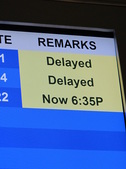
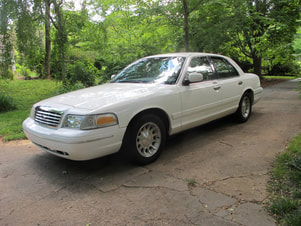

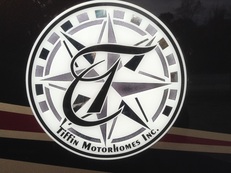
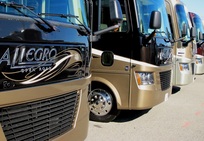
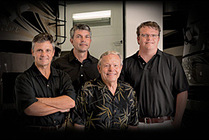

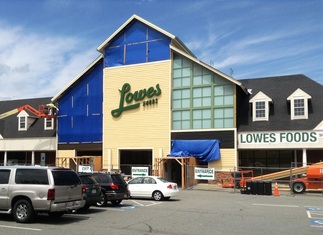
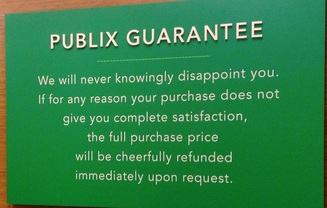
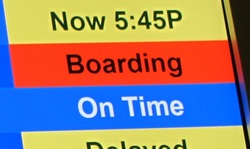
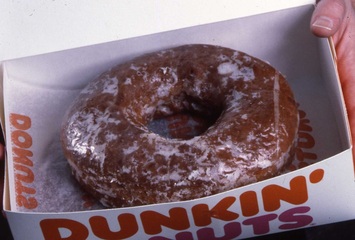
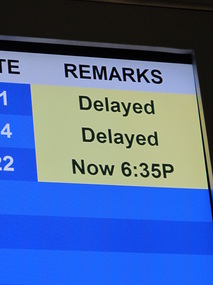

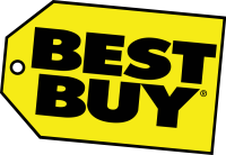


 RSS Feed
RSS Feed